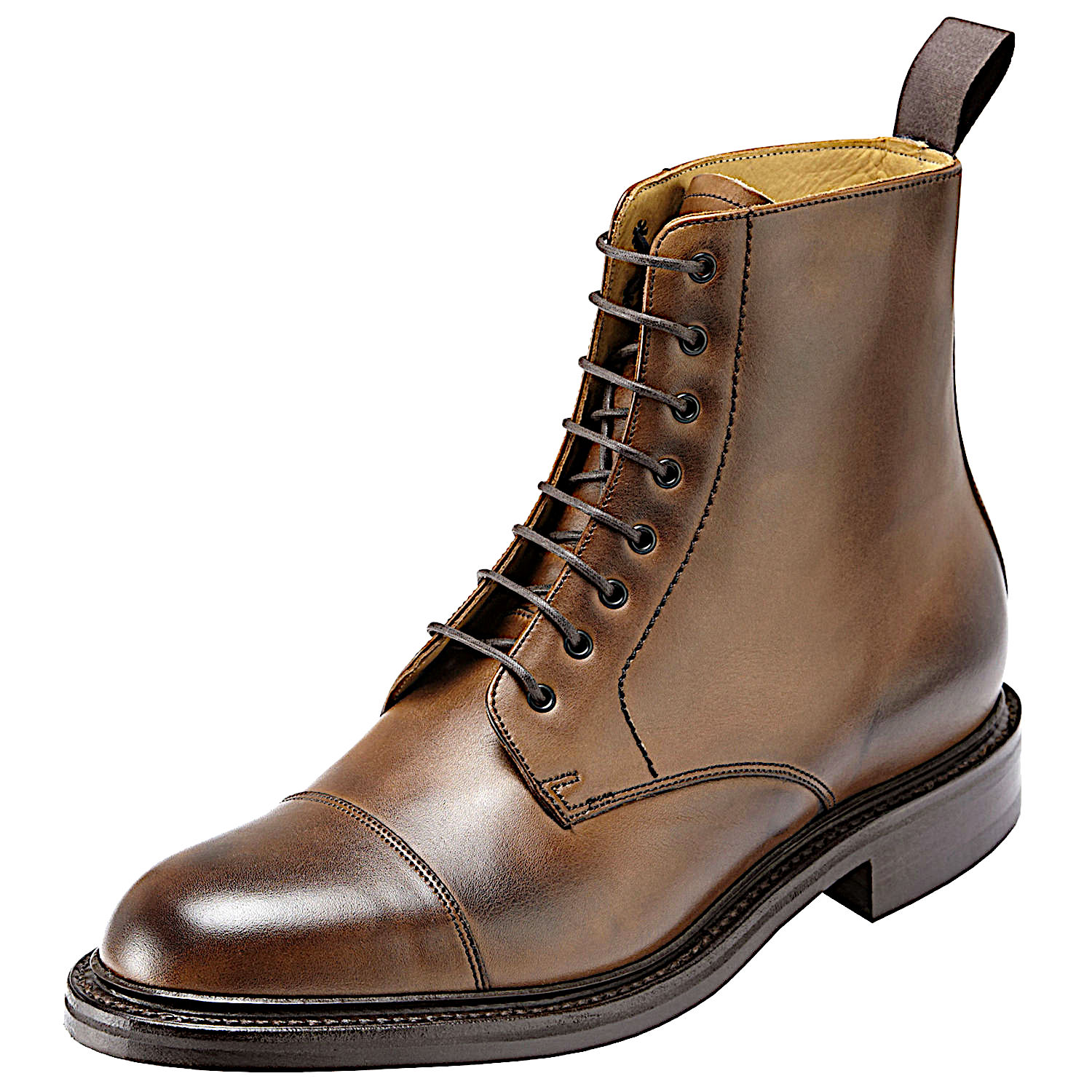- Joined
- Aug 30, 2019
- Messages
- 5,651
- Reaction score
- 34,943
Also if we are talking luxury and quality - it seems odd to conflate durability with luxury. The vintage weavers couldn’t even imagine something like the 10 micron fabric from Zegna that they made a whopping 14 lengths of or something like 300/2 Culinan shirting from DJA.Isn't lighter fabric more of a function of better building insulation, generally warmer climates, and the prevalence of indoor heating? I can see why people appreciate the heftier fabric used to make clothing in the past, but they're not very practical nowadays if you have to live/work in spaces shared with other people.




